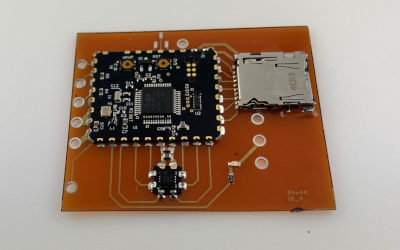Flexible and efficient functionalization of products and surfaces
Printed Electronics refers to a digitally and additive manufacturing process of electronic structures, such as sensors and antennas.
Inkjet technology can be used to produce three-dimensional electrical structures and enables printing on large and flexible substrates.
Pick-and-place technology enables the creation of complex circuits through hybrid integration, allowing conventional components like integrated circuits and passive elements to be placed directly on printed structures.
Inks & materials for printed electronics
The inks are often organic solvents that are filled with electrically conductive, inorganic particles. The subsequent sintering process makes it possible to achieve a sufficient level of electrical conductivity of the printed structure.
In the field of printed electronics, inkjet allows a choice from a variety of functional materials
- Solvent- and water-based inks
- Conductive nanoparticle inks (silver or copper)
- Resistive nanoparticle inks (carbon)
- UV curable inks (dielectric materials)
Post processing – a vital step in establishing conductivity
After printing, the ink must be post-treated in order to achieve the required electrical and mechanical properties.
- Pinning with UV light to increase the viscosity after the printing process
- Drying and sintering using infrared light
- Photonic sintering with a pulsed xenon light source
Advantages of digitally printed electronics
- Flexible and thin circuits with a high degree of customization
- Cost-effective production even of small batch sizes
- Made in EU
- Great freedom in design thanks to multilayer and multi-material printing
- Sustainable and resource-efficient process
Printed Electronics Applications
Small form factor – Cost-efficient – Sustainable.
Together with customers and partners from various industries, PROFACTOR has developed and successfully demonstrated a wide range of digitally printed electronic solutions.
Printed Antennas
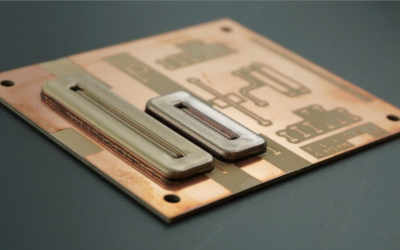
RADAR antennas for low-loss transmission and miniaturization for mobility applications.
Smart Textiles
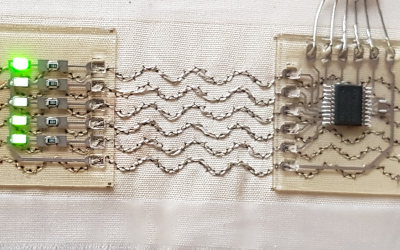
Printed sensors and their seamless integration into textiles for monitoring of vital functions for fitness and medical-related applications.
Smart Windows
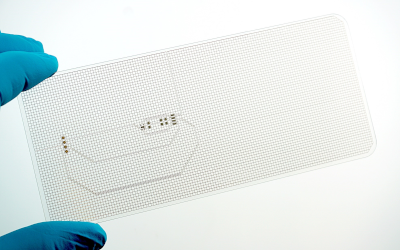
Printed conductor paths for intelligent windows for the functional integration of energy generation, monitoring of air quality or data transmission.
Sustainable Electronics
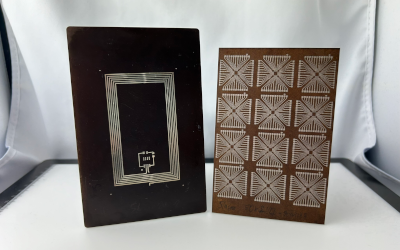
Printed sensors and antennas on wood-based substrates to reduce electronic waste and cut CO2 emissions.
Printed Sensors
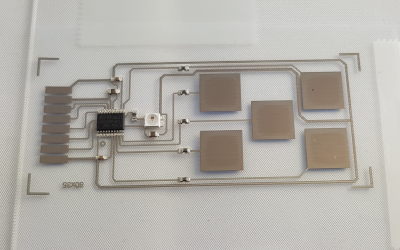
Advanced inkjet-printed additive manufacturing solutions for sensors, including distance, touch, moisture, strain, pressure, and e-nose applications.
Fully inkjet-printed multilayer PCB designs, offering compact, efficient, and customizable solutions for advanced electronic applications.
Equipment
PROFACTOR offers various inkjet systems for functional 2D and 3D printing applications.
We also offer post-treatment, bonding, and inspection solutions, providing a comprehensive technology platform for the development and production of printed electronic systems.
DragonFly IV Printer
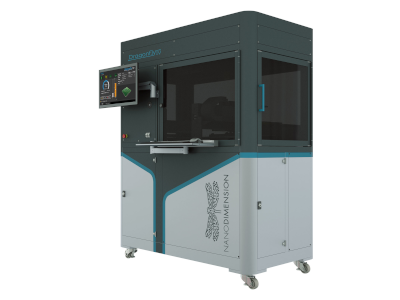
A multi-material 3D printer from Nanodimension capable of printing complete circuits in one step, including the substrate, conductive traces, and passive components.
LP50 Printer
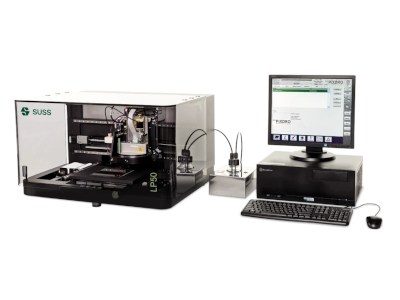
A desktop inkjet printer from Suss Microtec, equipped with an industrial printhead for functional printing applications, as well as for evaluation and development of inkjet materials.
Dimatix DMP-2850 Printer
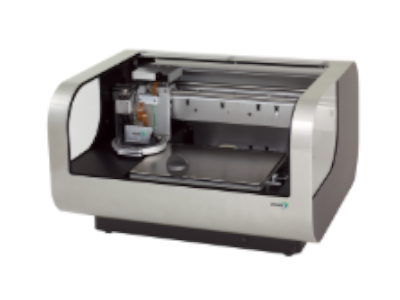
A desktop R&D inkjet printer from Fujifilm, designed for R&D of inkjet processes and applications, as well as the evaluation and development of inkjet materials.
Polyjet Printer
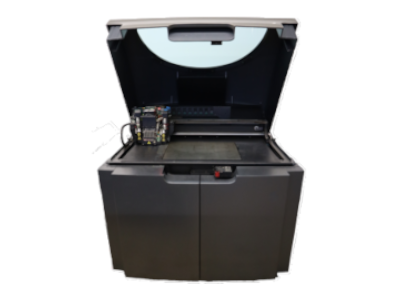
The Connex 2 is a multi-material 3D inkjet printer from Stratasys designed for producing precise 3D parts using photopolymers cured with UV light.
Chromojet
Tabletop Printer
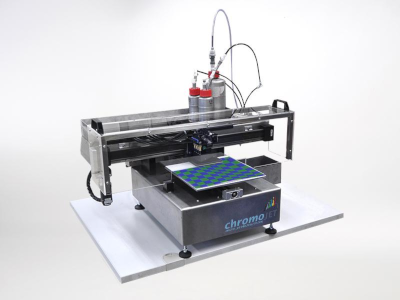
The Chromojet tabletop version from Zimmer Austria is designed to deposit high-viscose waterborne inks for digital functionalization and printing applications.
PROFACTOR
Curing Stage
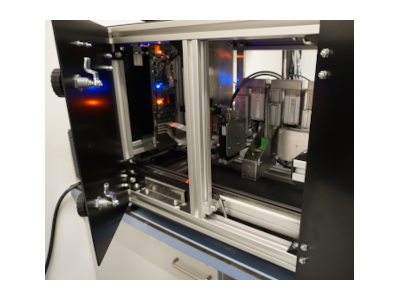
A hybrid system integrating a single-pass inkjet printer with UV curing, NIR technology, and photonic sintering, tailored for customized post-processing of printed structures.
Bonding & Soldering system
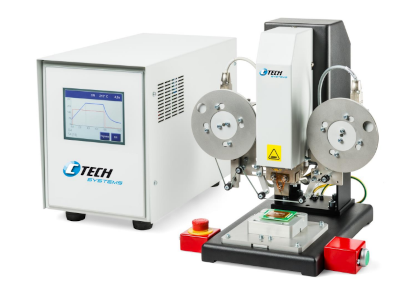
The C-Drive from C-Base enables temperature, force, and displacement-controlled reflow soldering, heat-seal bonding, ACF Laminating, and heat staking.
Laser Scanning
Microscope
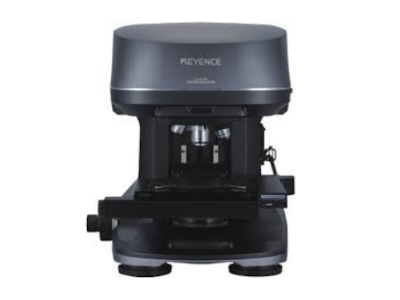
The VK-X3000 from Keyence uses a triple scan approach to enable the measurement of any target. White light interferometry, focus variation, and laser confocal scanning methods are used to ensure high-accuracy measurement and analysis of any target.


